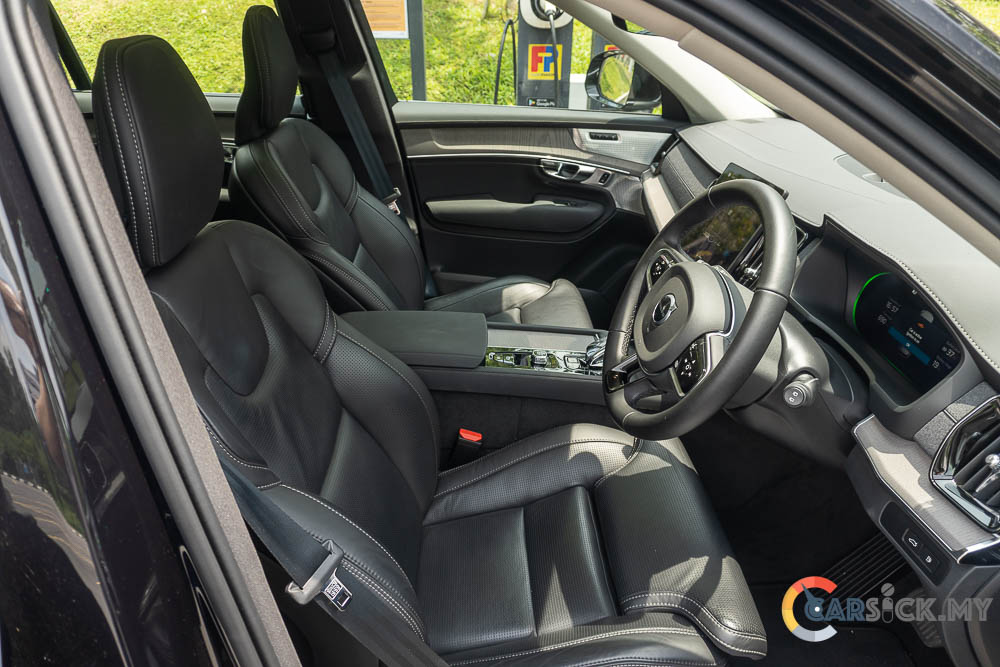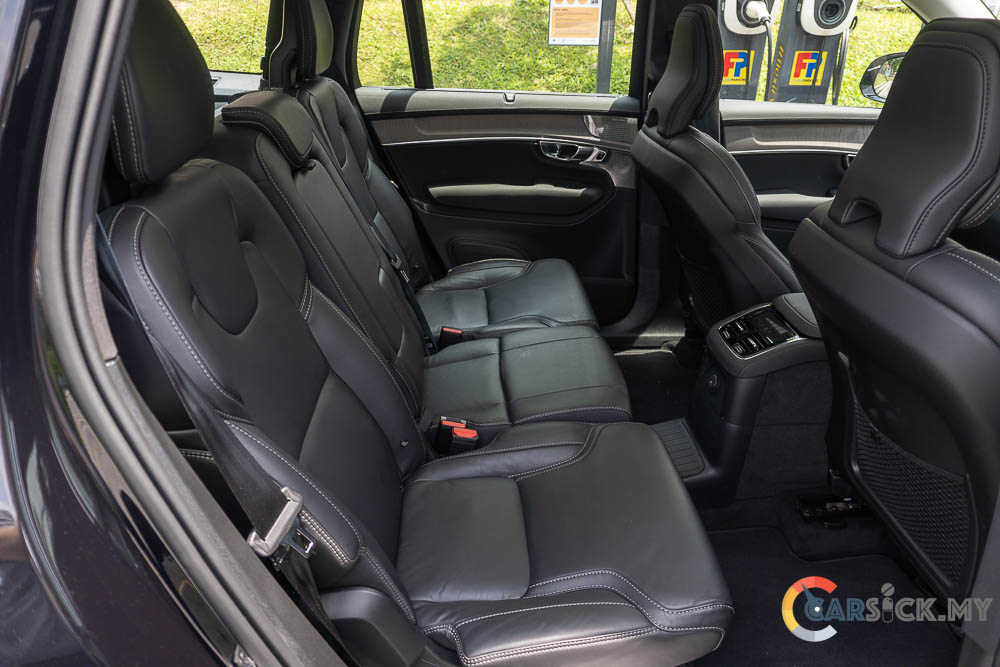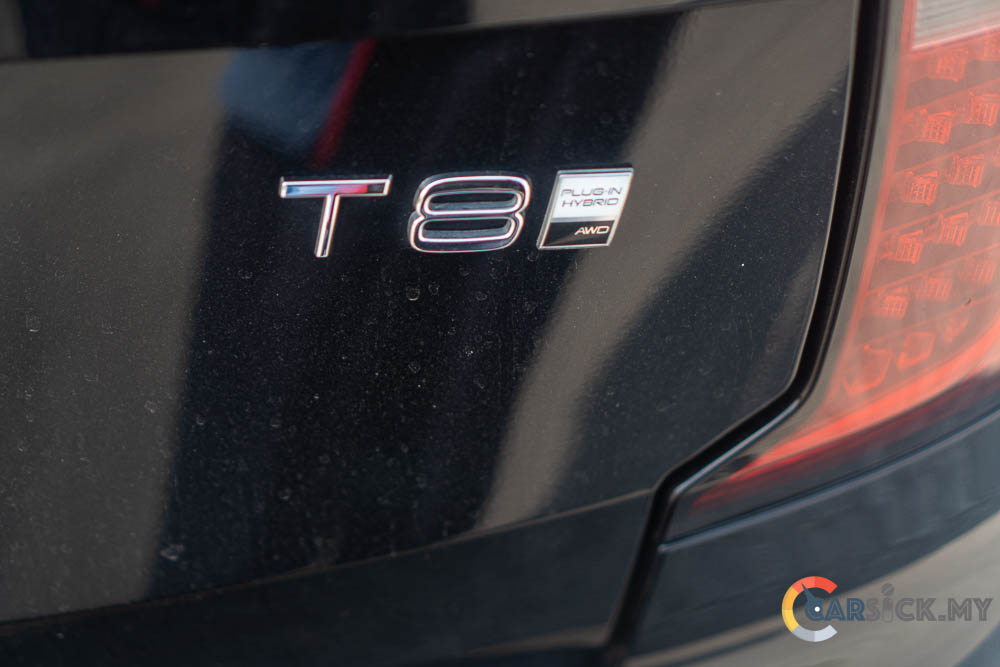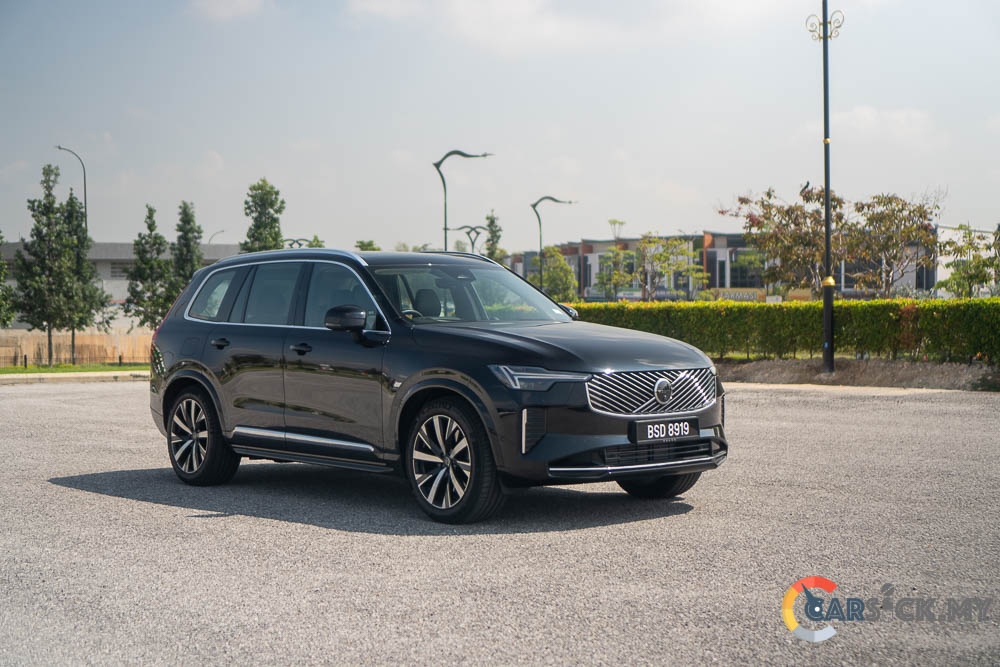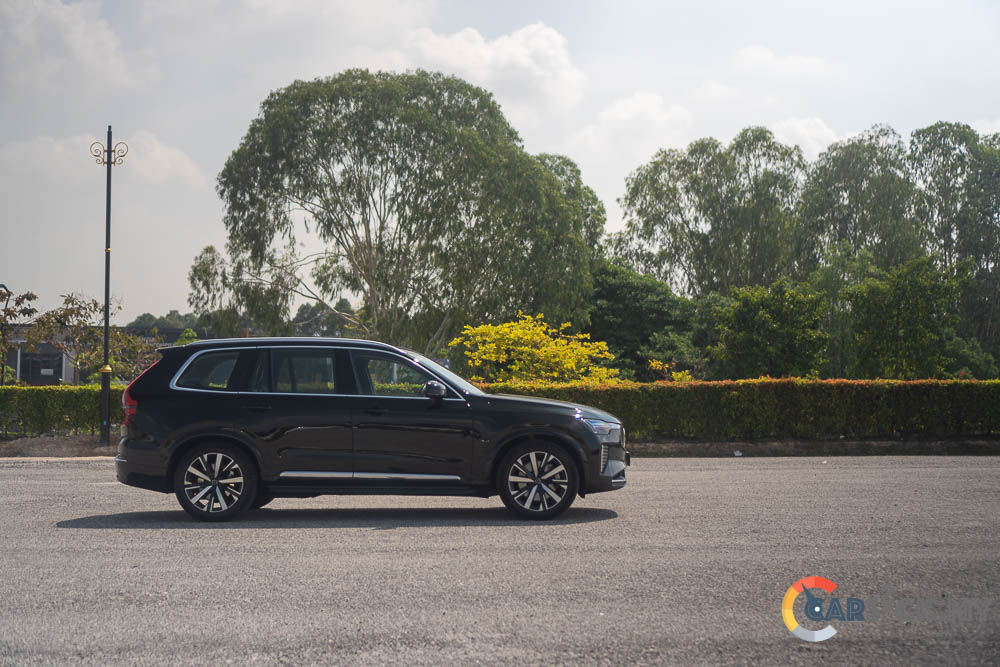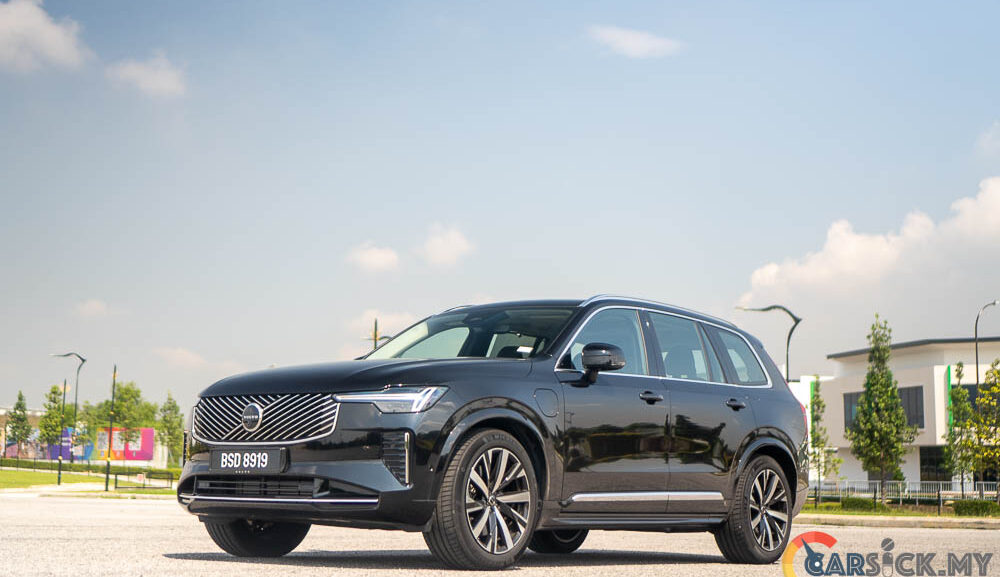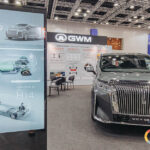When I was reviewing the last XC90, Volvo had already been planning to phase it out to make way for the EX90. This was Volvo’s initial plan, as they wanted to go fully electric as soon as possible. But as the market has shown, demand for ICE vehicles is still very high, while the demand for EVs has somewhat stagnated. This prompted Volvo to take quick action to update the XC90 and ensure the vehicle remains competitive in an increasingly tough market. Not too long ago, Volvo Cars Malaysia launched the updated XC90 alongside the EX90 in the Malaysian market. While the list of people waiting to review the EX90 is very long, the XC90 was more readily available. This is why I took the XC90 from Volvo Cars Malaysia for review, to see if the updates still make the XC90 worth considering in 2025.
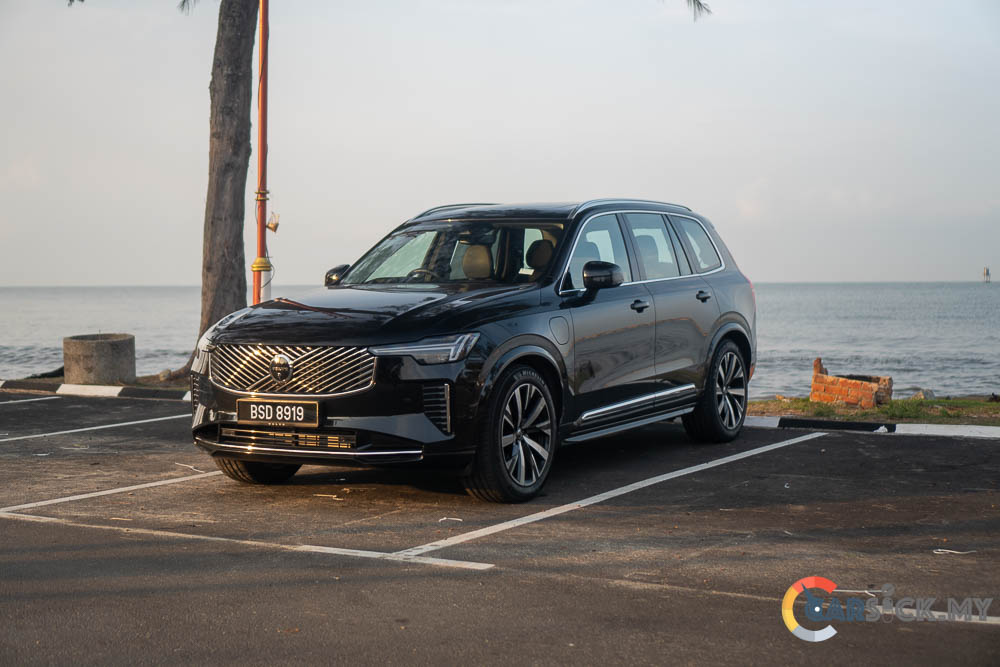
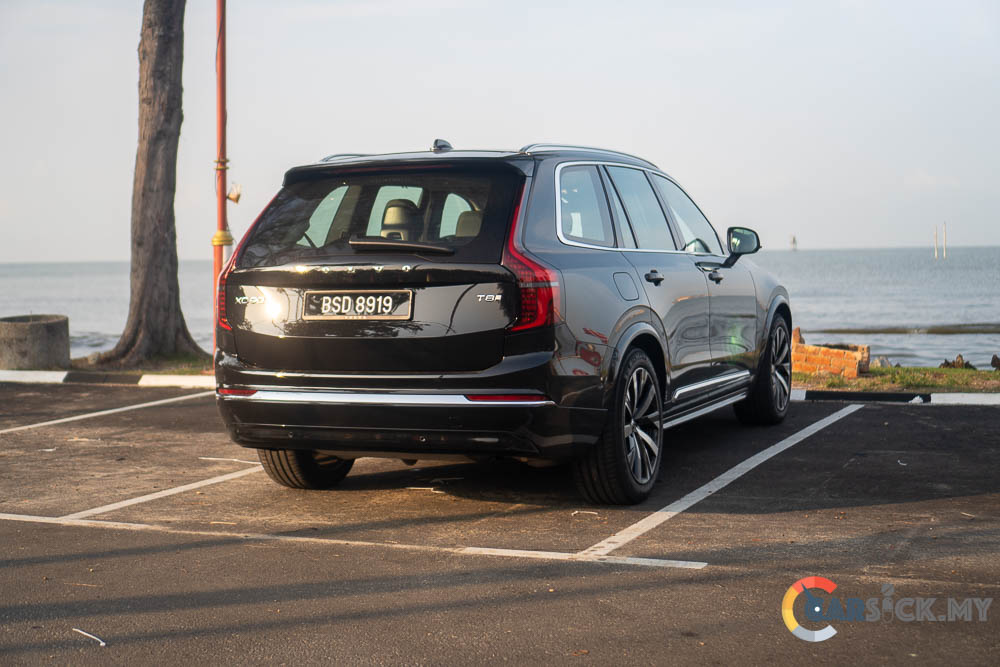 For the latest XC90, the overall silhouette hasn’t changed much. That said, there are some upgrades to differentiate it from the pre-facelift model. The easiest way to spot the difference is at the front. The updated XC90 comes with a new front grille, which adds a sense of modernity to the vehicle’s overall aesthetic. To complement the grille, Volvo has fitted the XC90 with a new set of headlights. These front-end updates bring the XC90 closer in appearance to the EX90 and EX30. Personally, I really like the new front design.
For the latest XC90, the overall silhouette hasn’t changed much. That said, there are some upgrades to differentiate it from the pre-facelift model. The easiest way to spot the difference is at the front. The updated XC90 comes with a new front grille, which adds a sense of modernity to the vehicle’s overall aesthetic. To complement the grille, Volvo has fitted the XC90 with a new set of headlights. These front-end updates bring the XC90 closer in appearance to the EX90 and EX30. Personally, I really like the new front design. 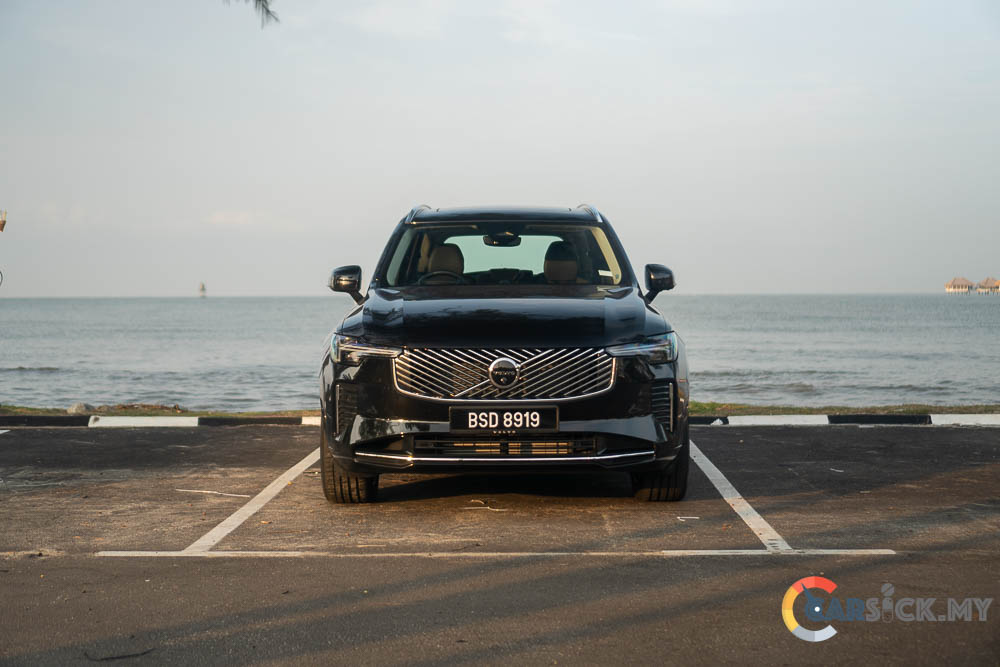
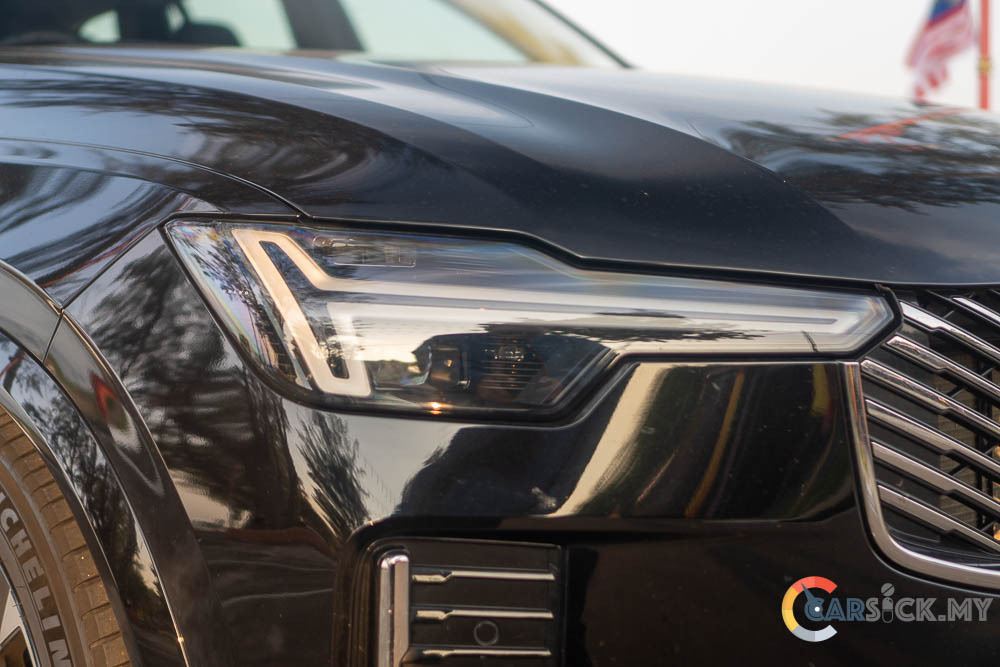
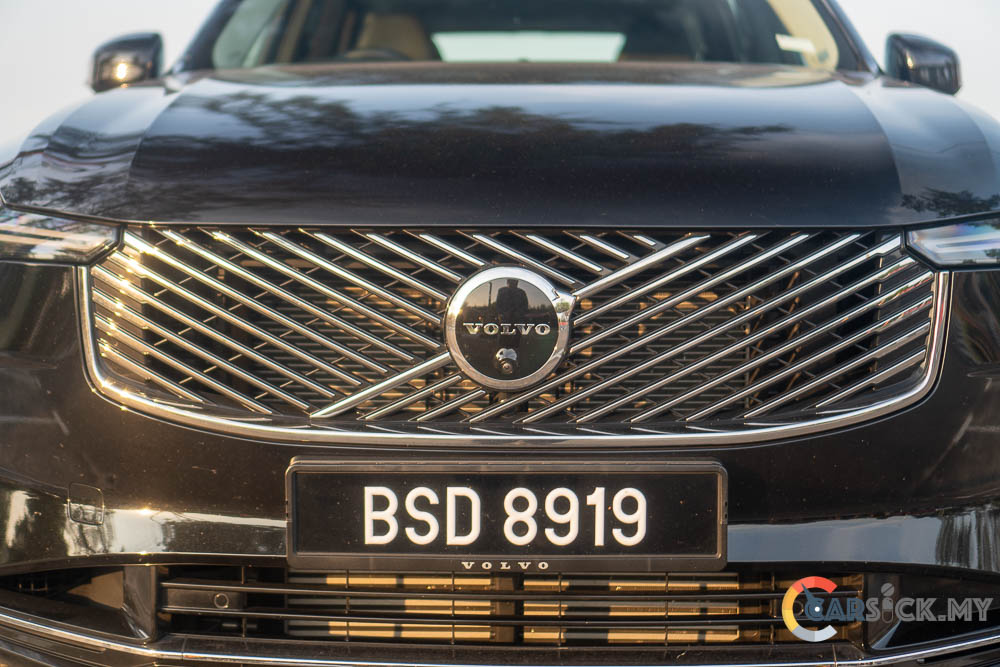
At the rear, there are also some subtle changes. If you look closely, you’ll notice slight graphic updates on the taillights. However, you really need to get up close to spot the differences. Completing the look are the new rim designs. Volvo has been producing stylish rims for quite a while, especially for R-Design models. While the XC90 may not be an R-Design, the new rims still look great on it. 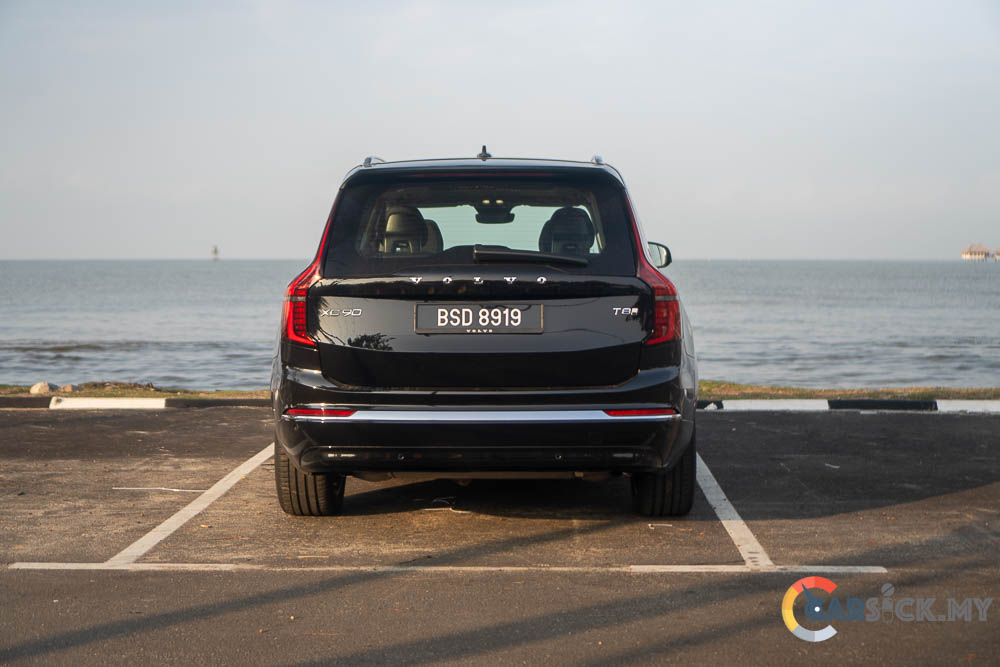
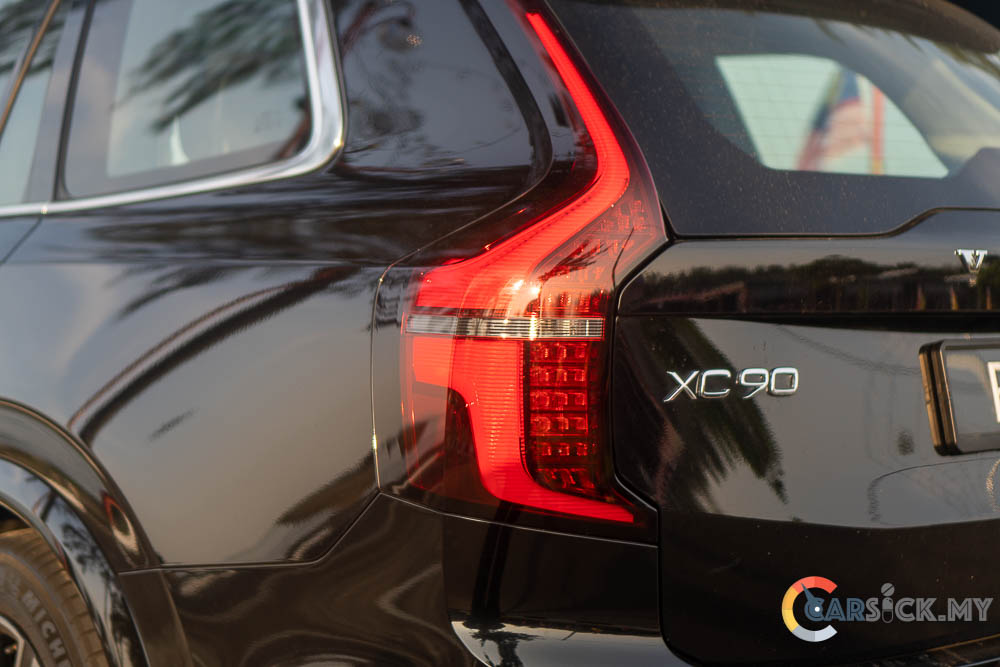
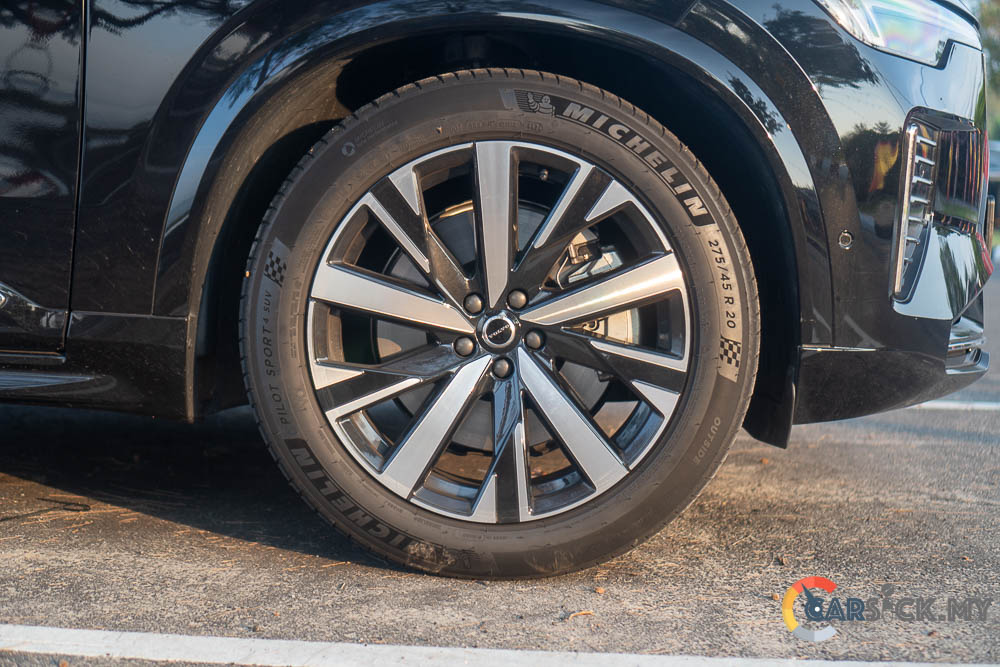
Inside, there are some updates as well. The changes are minimal, but not insignificant. The biggest update is the infotainment screen, which has been increased from 9 inches to 11.2 inches. The integration of the new screen is decent, even if it doesn’t look as seamlessly fitted as the pre-facelift model. Credit to Volvo for a neat execution. Along with the new display comes an upgraded Android Automotive system. With the latest update, you can now view Waze navigation on the instrument cluster. Previously, this feature was only available for Google Maps, but Volvo and Google have enabled it for Waze as well. This update makes the XC90 far more user-friendly than before. 
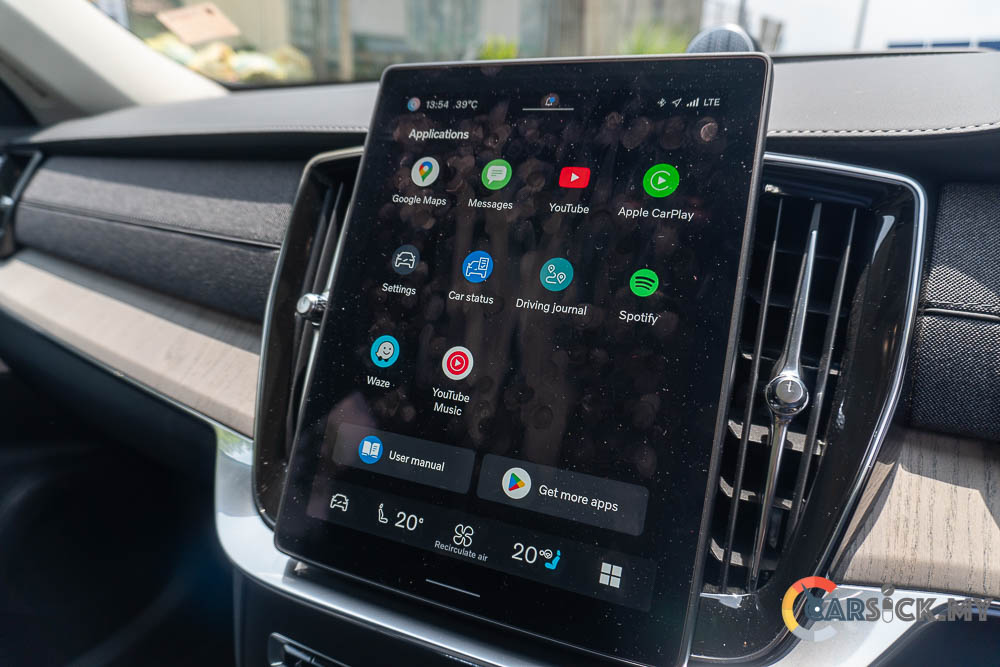

Despite the cosmetic updates, the powertrain remains the same plug-in hybrid system. The XC90 is still powered by a 2.0L twin-charged engine, paired with two electric motors. Overall, the driving feel is very similar to the pre-facelift model. To make the review more interesting, I decided to “live with” the XC90 like a typical owner would—leaving the car in hybrid mode and charging the battery every night. This experiment returned positive results: I managed to drive up to 750 km without emptying the fuel tank. With an average consumption of 5.5 L/100 km, I returned the car with the same amount of fuel it had when I collected it from Volvo. 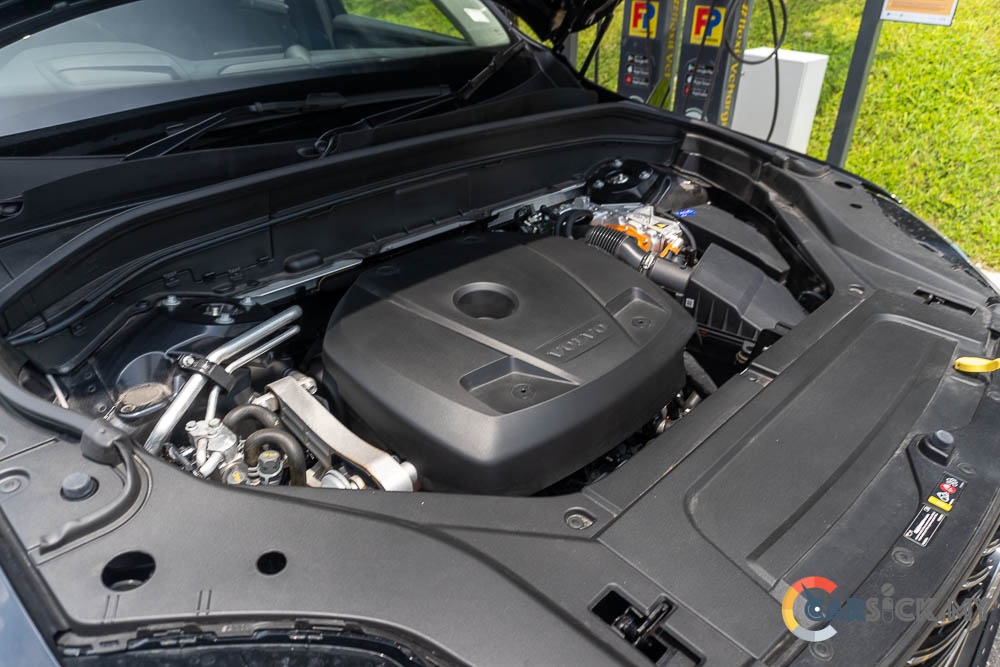
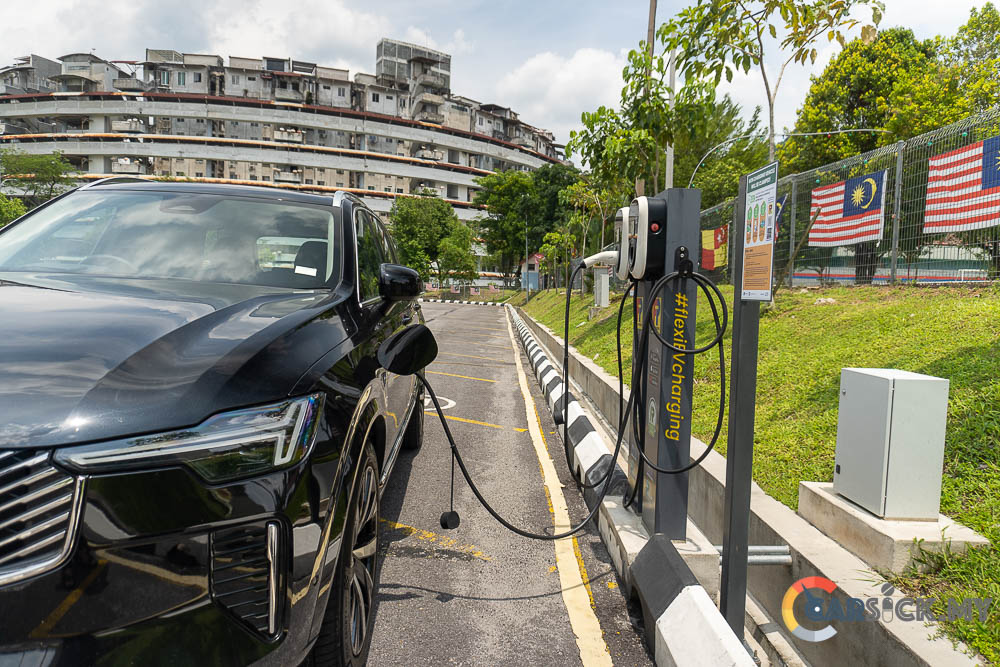

In conclusion, the XC90 remains a very enjoyable car to drive. Even with the updates, Volvo has kept its price similar to the pre-facelift model, at RM 434,800. The XC90 still has the capability to compete with newer rivals. It’s a truly nice car to drive, and thanks to the global market, ICE vehicles like this one will continue to be available for a few more years.
Check out full photo here. 